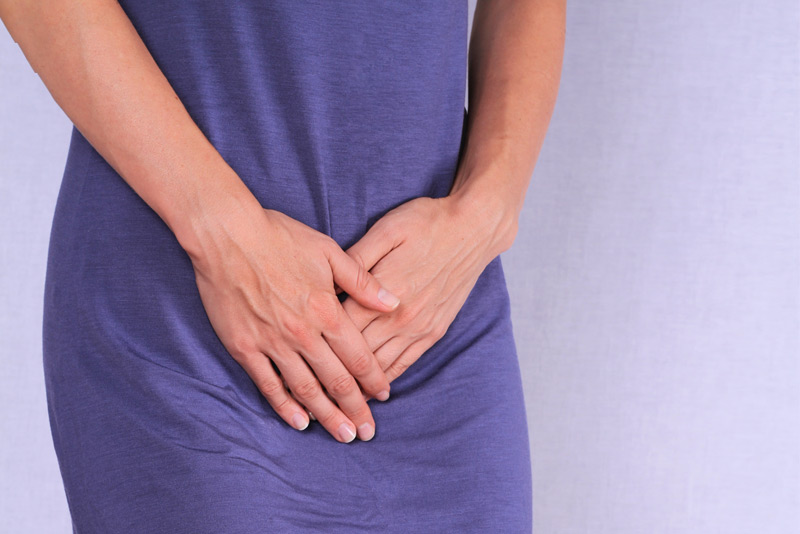Have you heard about PMS?

In popular culture, the acronym PMS, short for Pre-Menstrual Syndrome, is frequently flung around and utilized anytime a woman displays anger or frustration, two examples of emotions that have long been considered ‘unladylike’ and therefore, couldn’t possibly be expressed without some underlying biophysical cause… right?
WRONG
This social construct is exceedingly deprecating for women as a whole since this concept directly contributes to a gender gap that damages a woman’s credibility, influence and ability to cope. This phenomenon dismisses passionate women as overly emotional and passionate men as strong leaders creating a damaging double standard. Anger expression is a healthy human characteristic and not exclusive to men.
So let’s start recognizing things for what they are and educate ourselves on PMS.
So what is PMS really?
Pre-Menstrual Syndrome (PMS) has many different manifestations that can appear as physical, mental, and emotional symptoms like pelvic pain, back pain, mood swings, fluctuation of sexual drive, anxiety, crying fits, breast tenderness, gastrointestinal issues and fatigue. Although most women experience these symptoms once in a while, according to the American College of Obstetrics and Gynecology (ACOG), in order for your symptoms to be considered PMS, they must present themselves in the five days leading up to a period, end within 4 days after the start of a period, occur over the course of at least three consecutive cycles and somehow interfere with day to day activities. PMS is NOT synonymous with difficult periods.
If you fit these criteria, or have experienced some of the symptoms, what can you do about it? For starters, make an appointment with your gynecologist. Next, pay attention to what you eat since diet has so much weight in our health. The gut actually produces serotonin, a neurotransmitter also known as one the “feel good” hormones. Furthermore, studies show that exercise has been found to decrease fatigue and pain associated with PMS and difficult menstrual cycles.
Another alternative is the use of essential oils to treat pelvic pain, bloating cramps, back pains and induce relaxation.
In conjunction with the medical treatment you receive from your gynecologist, help yourself using tools available starting with creating a healthier life. Physical activity (which does not have to be strenuous, luckily walking, dancing, gentle yoga qualify), emotional/spiritual care (take time for yourself, pray, meditate, journal, practice mindfulness and kindness towards yourself, commit to psychotherapy), social/nature connections (share time with a friend, go to a park, sit by a tree, walk with bare feet on the grass) and use Mother Nature’s gifts such as essential oils. Clary Sage, cypress, lavender, peppermint are among the essential oils that help improving circulations and reducing tension when experiencing symptoms of PMS.
